Causes Behind Rising Food Prices
There are many contributing factors to rising food prices, natural and man made
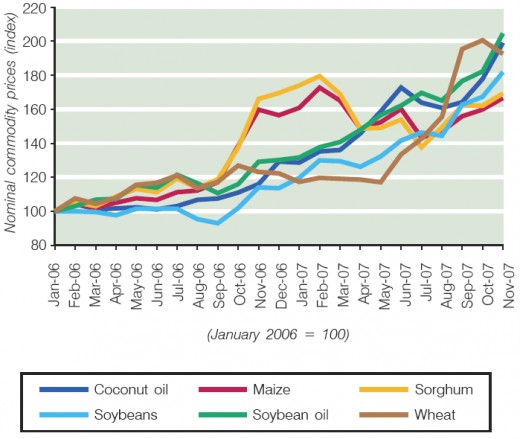
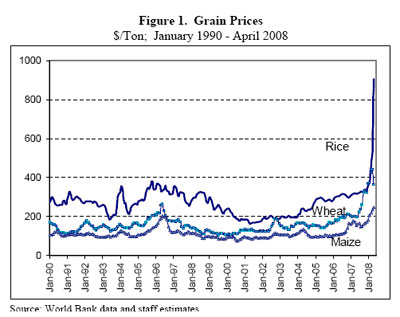
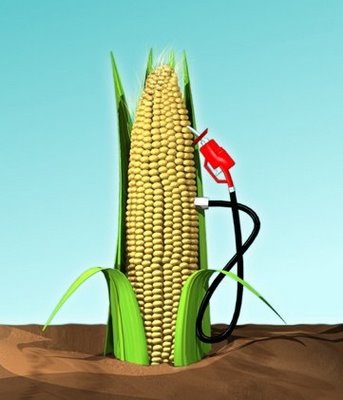
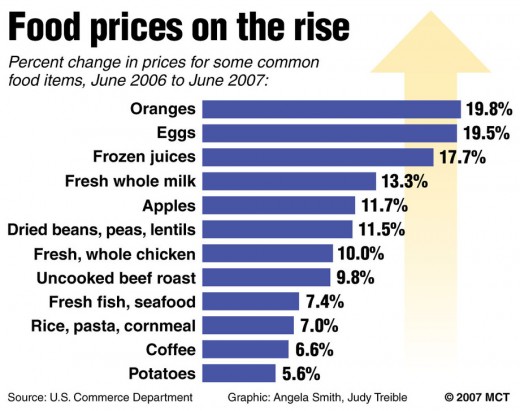
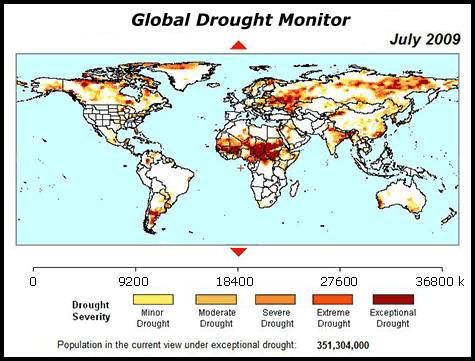
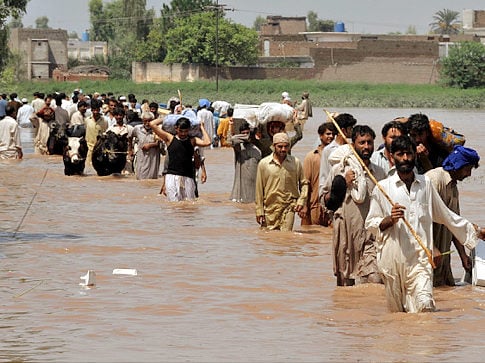
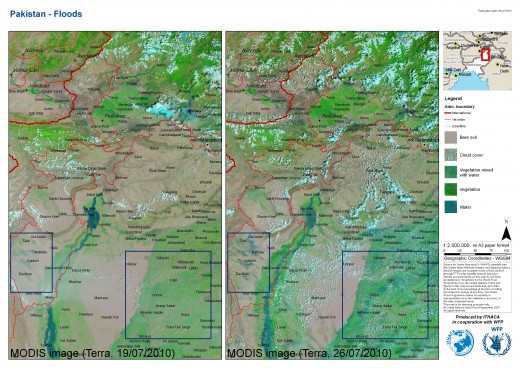

There are many factors behind the contiuing rise of food prices
A combination of factors exists as the cause of rising food prices around the world. These are the cost of shipping which is based on the price of fossil fuels, falling production due to changing climate and soil fertility, inflation and devaluation of floating currencies, growing human population and competition for food stuffs by way of bio-fuels. All of this combined with the idea of manufacturing deficits has served to drive up the cost of putting bread on the table for the average family, no matter where they live.
Of all the culprits in the rise of food prices, the most significant contributing factor is the rising costs of fossil fuels. Recently (2008), oil had risen to a record high of $111 USD which is passed on down the line to the average family that has to buy food transported by ship, truck or train. All of these use fossil fuels and the much higher cost has to be offset by charging more for shipping. When the market collapsed, so did prices on oil, but due to bailouts by printing extra money and increasing total debt, prices of food did not fall, but continued to rise. The higher costs are handed down ultimately to the consumer.
We have all experienced the effects of changing climate with extended growing seasons, wild and chaotic weather shifts and shifts in rainfall patterns. The effects are global, causing crop failures due to shifting weather patterns. 2010 is perhaps the worst year for general crop failures around the planet. Added to this is the depletion of soils so that they do not produce as much as they used to. The costs of fossil fuels is two fold, both in the fact that this non-renewable source is being depleted, and the fact that fertilizer ultimately has to rely on the same transport as the food produced.
The uncertainty in the global markets due to various financial scandals has wrecked havoc on the world currencies. Many currencies have lost a lot of value and consequently, when trading for off-shore produce, the prices change accordingly. In addition, many countries have gone down the path of austerity, cutting wages and pensions, raising the age of retirement and taxes. For most, the price of food sky rockets. During the 1994 collapse of the Mexican Peso, food prices quadrupled. The result, the poor starved and some people revolted against the new austerity. The US dollar has recently taken a pummeling due to the sub-prime lending crisis and this reflects in higher prices on everything in the US.
More people being born means more food is needed. Unfortunately, the area for growing food is shrinking for a number of reason, whether due to shifting weather patterns, expanding cities, or lowlands being inundated by the oceans. This means less land for growing food, despite record clear cutting of the Amazon basin for beef production. There is only so much land to grow food on. Much is not suitable either by being mountainous or harsh dessert. The seas are over fished and many are now polluted. Huge sea life die offs have been reported around the planet, but particularly in the Atlantic Ocean that is now suffering the effects of the massive BP oil spill in the Gulf of Mexico.
Bio-fuels derived from corn are a direct competition for food. It is estimated that to fill an average SUV tank with bio-fuel, enough corn to feed a person for one year is required to make the fuel. There are plenty of SUVs and other vehicles that are being driven and more being built to run on bio-fuels. This has already proven disastrous in the Mexican Corn Belt where many people have to go hungry because corn is grown for bio-fuel. This does not promise to get any better!
Perhaps the worst sin of all is to pay farmers not to grow food, or to destroy "excess" food because there is "no market" for it or the cessation of paying crop subsidies. No market translated means that people are too poor to buy it, so it has to be destroyed to keep the price up and profitable. Too much food means lower prices and the loss of profit. It is not a problem here of underproduction, but one of overproduction; production for profit rather than human need and the lack of proper distribution, even in a catastrophe, such as the Haiti earthquake and the Pakistan floods of 2010.
The problem to say the least, is not a small one and it is going to take all of us to solve it.



